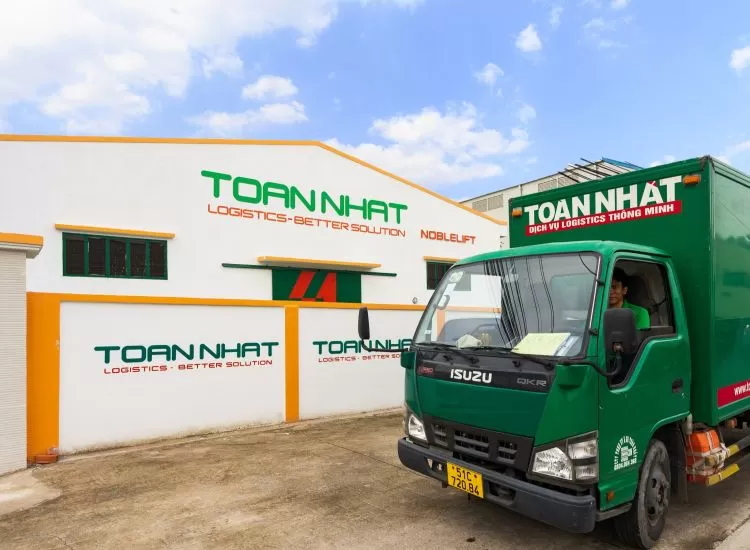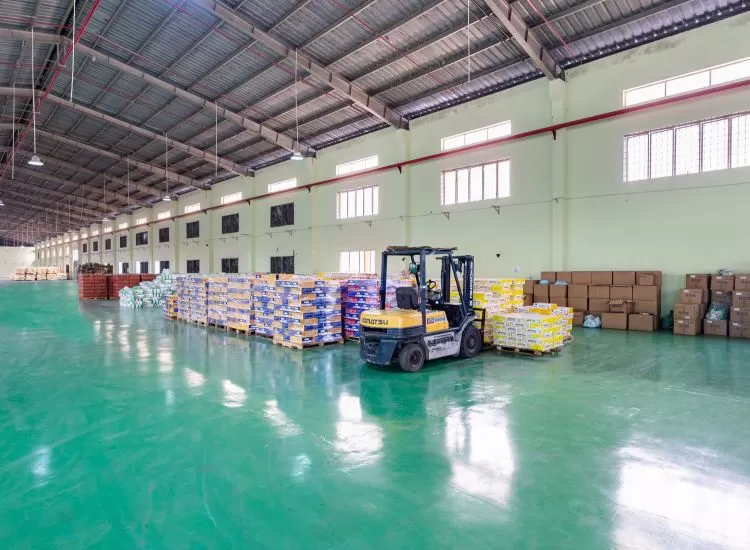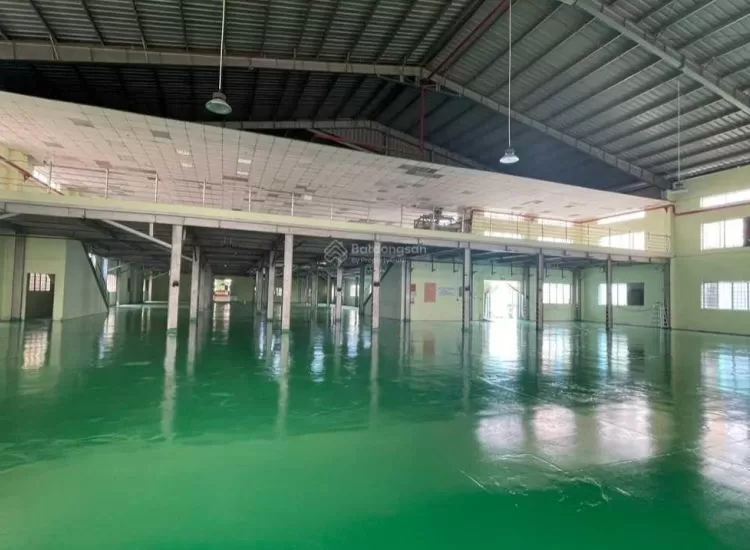Shipping Lines Raise Surcharges as Fears of Impending East Coast Strike
A potential strike at U.S. East Coast and Gulf Coast ports could cause major disruptions to global supply chains, prompting ports, shipping lines and regulators to prepare quickly to mitigate the damage.
.webp)
Source: Port of New York & New Jersey
The International Longshoremen’s Association (ILA) current contract expires just days before a full-scale strike is likely. The ILA and the United States Maritime Alliance (USMX) have not met in person since June and remain at odds over key issues such as wage increases and port automation.
Several shipper associations have reached out to the White House asking for intervention. The administration has publicly backed the union and said it has no intention of ending the strike through the Taft-Hartley Act. At the same time, with the economic impact of port shutdowns estimated to be in the billions of dollars per day and election day approaching, the administration will also be under pressure to keep the strike from dragging on too long.
With the strike expected to begin Monday night, ports, carriers, and regulators are preparing.
The ILA strike on the U.S. East Coast and Gulf Coast will completely shut down many ports and could cripple some that employ both ILA and non-union workers, while other combination ports will be able to keep some terminals open.
Many major container hubs have extended gate and terminal hours, including the final weekend before the strike. Ports and rail operators have also set deadlines for final pickup and delivery, with special attention paid to moving refrigerated cargo out of ports or onto ships ahead of time to avoid being left unattended at container yards.
Several shipping lines have stopped accepting new bookings for export cargo in preparation for the strike. Hapag-Lloyd has announced that containers already en route to affected ports will not be rerouted, and many lines have imposed surcharges ranging from $400 to $3,000 per FEU on all containers on the East Coast and Gulf Coast starting in October.
During the pandemic, many shippers have incurred significant storage costs for containers they have been unable to move from their container yards due to severe port congestion. In preparation for the possibility of containers being stuck during the strike, the Federal Maritime Commission (FMC) issued a notice this week warning shipping lines and operators against unfair charges during this time, with some lines announcing they will stop charging for container storage and yardage during the strike.
While many containers and ships will be stuck on the East Coast and Gulf Coast until operations resume, others will be diverted or diverted to West Coast ports. Despite record numbers of containers arriving at West Coast ports last month, operations have been running smoothly. Operators attribute some of that success to lessons learned during the pandemic—including increased warehouse capacity, better trailer management, and off-port container yards—that will help them handle sudden surges in cargo in the event of a strike.
However, with ILA ports accounting for about half of all U.S. container throughput, a prolonged shutdown would still lead to congestion and delays at West Coast ports, which would contribute to upward pressure on freight rates along with increased demand. A prolonged strike would also impact vessel and container availability at ports of origin in Europe and Asia, potentially spreading the impact of the strike beyond North America, causing delays and increased freight rates for all routes from these regions.
Read more:
- Shippers Look for Alternatives as East Coast Port Strike Looms
- Port of Los Angeles posts busiest month since pandemic
- US Container Ports Expect to Continue Busy in September
- Peak Season 2024: Forecasts and Preparation
Source: Phaata.com (via Container-News)
Phaata.com - Vietnam's First International Logistics Marketplace
► Find Better Freight Rates & Logistics Services!
























.webp)










.webp)






